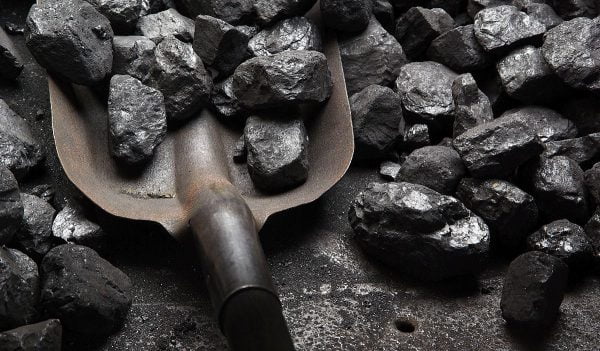The Zimbabwe Mining Development Corporation’s coal special grant in Hwange District has been earmarked for resizing as the government moves in to implement the “use-it or lose-it” policy.
Benard Rinomhota
Under the use-it or lose-it policy, the government intends to repossess all underutilised mining claims across the country for re-allocation to potential investors.
Mines and Mining Development Minister Winston Chitando has also highlighted that the policy seeks to resize excessively large concessions with life spans of at least 100 years for apportionment to prospective investors.
“Currently, there is a coal concession belonging to ZMDC (Zimbabwe Mining Development Corporation) which will be split into two halves, and there are discussions around the use-it or lose-it policy.
“So, the government will reduce it (ZMDC coal concession),” he said.
The government is targeting to implement the use-it or lose-it policy across the mining sector by the end of September this year.
Implementation of the policy framework is in sync with the government’s target of achieving a US$12 billion mining industry economy by 2023.
And to achieve the projection, Minister Chitando said players in the sector need to ramp up production.
During a recent tour of coal and coking coal mines in Hwange District by Minister Chitando and his counterpart Finance Minister Professor Mthuli Ncube, it emerged that coking coal firms are getting inadequate supplies of coal from the local producers.
The tour saw the two government officials visiting Zimbabwe ZhongXin Coking Company, Jinan Coking Coal Project, South Mining Coking Coal Project, Zambezi Gas, and Dinson Colliery, a subsidiary of Afrochine mining concern.
In line with the government’s thrust to promote value addition and beneficiation, coking coal firms in Hwange use coal to produce coke and coking coal for the local market and export to Asia and Europe.
The mining industry is one of the major economic centrepieces contributing immensely to the Gross Domestic Product and the fiscus generating about 70 percent of the country’s foreign currency receipts.
This article first appeared in the Mining Newsweek 13 July 2020 issue

